On a recent jaunt through Brooklyn and Manhattan — seven miles of walking on one afternoon — I made a few observations.
More than a few, really. NYC is the definition of sensory overload. As much as I love New York, the constant barrage of sights and sounds makes me happy to return to a quieter place after a few days.
But what really stayed with me was how New York, even the less touristy areas, gives some respect to those traveling outside of cars.
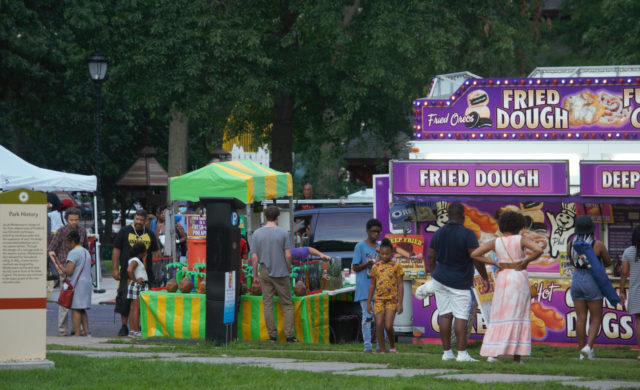
The first observation is that no matter what kind of construction project I encountered in those seven miles — and trust, there were several — pedestrian mobility was prioritized. Detours were marked clearly. Nobody was directed to “cross here” at some location that was not a painted or signalized crosswalk.
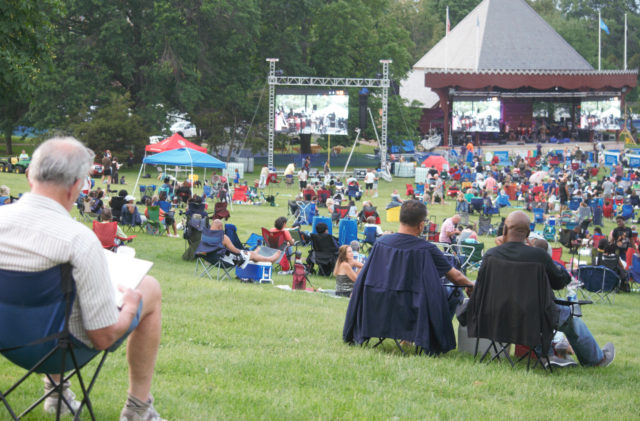
The second thing I noticed is that I never had to press a button to earn the right to cross a street. Every intersection provided an opportunity for pedestrians to move. We can debate whether crossing with the flow of traffic — the norm in New York — is better than having traffic stop in all directions, but what I know is that I never ran into the situation of arriving at a crossroads one second too late to get the pedestrian signal for that cycle, and then having to wait and wait in the pouring rain to get my chance to cross. Even in areas where I was the only pedestrian at an intersection — a rarity in New York — I did not have to struggle. Shoot, I had more than one taxi driver smile and wave me across. And they didn’t even gun it after doing so.
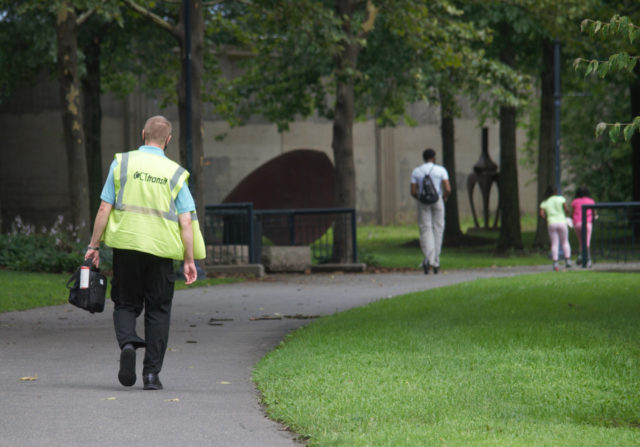
It’s these small, effortless things that show how people are prioritized that stuck with me, especially when walking around Hartford this week, I found my movement thwarted more than once.
There are the physically detached beg buttons. There’s the reliance on beg buttons at all, aside from the few intersections that were automated during the pandemic. If you need to see how your adrenalin is doing, walk home from work in a thunderstorm and see how you feel when you have to stand still for several minutes getting drenched by people driving their vehicles too fast through oil-slicked puddles. . . all because pedestrians are second class citizens who have to ask special permission to cross the street.
There’s the backwardsness of the iQuilt’s change to the road around Bushnell Park, where the beg button used to, within seconds, give pedestrians the right of way. Now, we wait and wait, with no median to stand on.
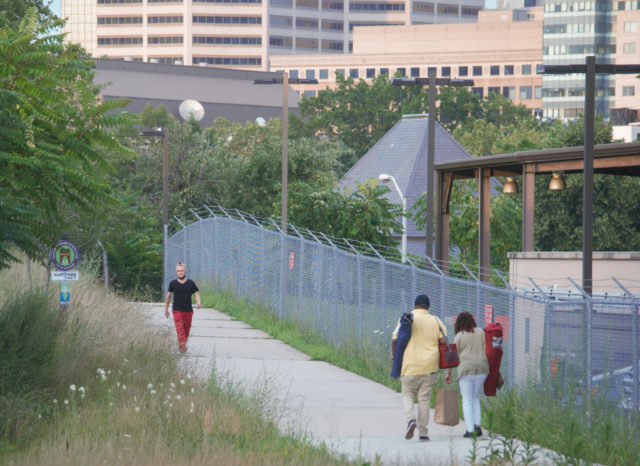
And then there is the way that the Greater Hartford Festival of Jazz absolutely blocked off a portion of Bushnell Park, obstructing foot and bicycle movement between downtown — particularly Union Station — and the neighborhoods. They decided that they could ignore an ordinance that disallows cars from being driven anywhere in parks except on park roads and designated lots, and turn a chunk of the lawn and two pathways into private parking.
What’s up with this walk blocking?
In a time when nearly everywhere else has honored pedestrian space and movement, we saw a pinching. Physical barriers interrupting human movement.
No alternate hard surface on which people could travel was provided. The festival folk did not take into account how people using mobility devices or those with strollers were going to be detoured. The staff muttered something about “unfortunately,” as if this were an act of God instead of some ill-conceived, self-serving decision made by festival organizers. They told me to just use the lawn. Besides the rudeness behind that statement, I have to wonder how those needing a hard surface managed all weekend. The lawn was soggy from our days of rain. Not everyone entering a park is there for an organized event. Not everyone entering a public park is there for an organized event. And people would know this if they looked around and saw the games on the opposite end of Bushnell Park, saw the people meeting by the pond as they do every weekend, saw the families visiting the playground. They would know that this is not a mere rental space. It’s not a place you can declare off limits to locals.
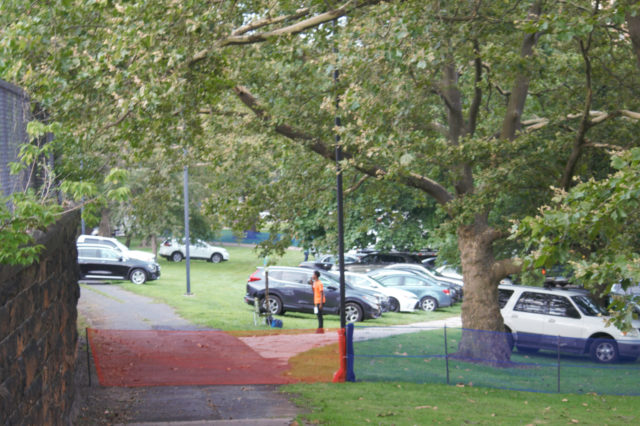
Why does this matter?
If you were using the East Coast Greenway as a way to take you from, let’s say, 387 Capitol Avenue to Union Station, your walk would be 0.54 miles. If you tried to do this during the weekend jazz festival and were stopped a mere two minutes from the train station and turned around, your total walk to get to your destination, if you require a hard surface like a sidewalk, now becomes 1.2 miles. What should have been a twelve minute walk to start with now becomes a 25 minute walk. (For perspective, the detour that enrages some — sending people down Hawthorn and Laurel instead of directly from Sigourney and Hawthorn to Park and Park Terrace, is only a difference of 0.2 miles. It’s not more than doubling the distance, as this surprise detour in Bushnell Park does.
One wonders, but not really, if the festival organizers would have been willing to reimburse anyone missing their train due to an unexpected detour that doubled their distance to the station.
The East Coast Greenway, for those who don’t know, is not just a shorter route between the neighborhoods and downtown — it’s a safer one. The segment that goes behind the Legislative Office Building and through Bushnell Park keeps pedestrians, cyclists, and others not using motorized transportation away from vehicles being driven at high speeds. Using either Broad Street or Capitol Avenue places vulnerable road users between drivers and highway ramps. Maybe that’s a risk you can take when traveling with an entourage, but as someone who reads the crash reports for collisions involving pedestrians, take it from me– it might be safer in numbers, but it’s not safe.
On another level, one has to ask what message is sent when an organization is given free rein, allowing them to break all the rules about cars being driven across lawns (go look at the ruts!) and parked across paths and the grass. This is not a matter of public safety, such as we see when part of the park is cordoned off before a pyrotechnics display. It’s not a necessary blockade.
It’s also simply not necessary. There is ample parking in downtown Hartford, between surface lots, parking garages, and the streets. These were not at or anywhere near capacity last weekend. Lots only two blocks from the performance area were empty. That’s not a sign that nobody was there. It’s a sign that we have an embarrassing amount of our city being used for parking.
Someone else can theorize about why the City of Hartford looks the other way every year when the event organizers privatize a part of a public park without so much as rolling out the mobility access mats.
It does not require much imagination to make an event work so that it’s enjoyed by many while not being a source of irritation, inconvenience, or expense for Hartford’s residents.
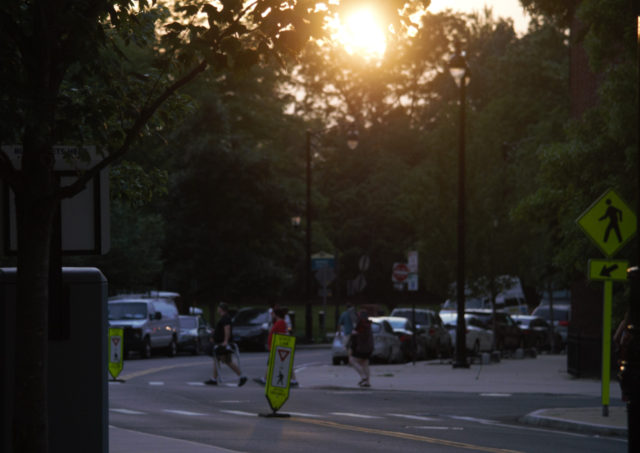
Photos in this post show Hartford not being a Ghost Town. Sites include the former Front Street region, the walking path along the Connecticut River, and the area in and around Bushnell Park.
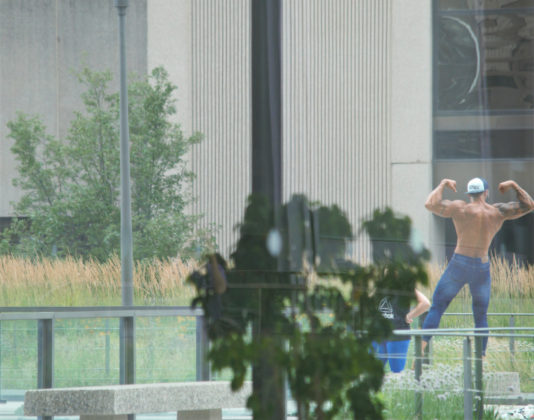
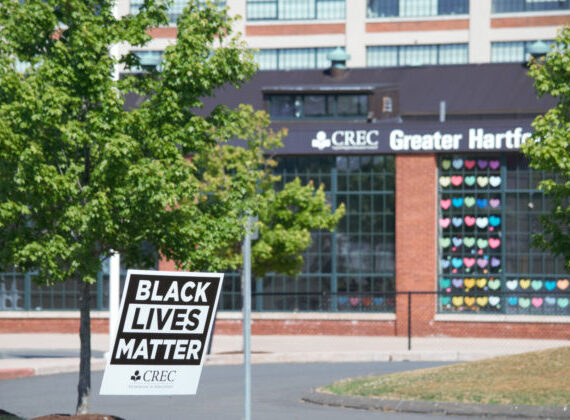
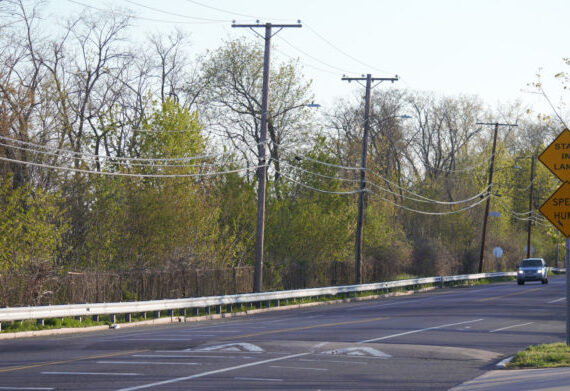
Linda Pagani
I’ve made similar points to the festival “guards” stationed at the blocked walkway. They claimed not to understand why it was an issue, and wondered why I cared enough to protest. The ruts from parked cars are an outrage as well. I agree with you: why doesn’t anyone from the city care enough about this park to stop these abuses?
Kerri Provost
Thanks for the comment — it’s hard to critique what is clearly one of Hartford’s darlings, but it’s the same nonsense every year.
Chris D
WHAT?! Somebody thought it was a good idea to turn Bushnell into a parking lot and at least one other person approved it?! Wow, that’s utterly shameful 😪
Tim Wolf
The Hartford Jazz Society and their “Jazz” Festival staff have no real excuse not to accommodate all park users and maintain basic rights of way. Having produced many large concerts and festivals in the park back in the day there were always limits on the total number of vehicles we’d allow backstage. Performers could drive in to unload gear, but for the most part would then go park somewhere off the lawn. This issue needs to be raised with organizers and city staff well before the event to stem the habitual blockages each year.
Kerri Provost
It sounds like you all followed common sense. After unloading whatever massive equipment, just move the vehicles back to the space intended for vehicles.